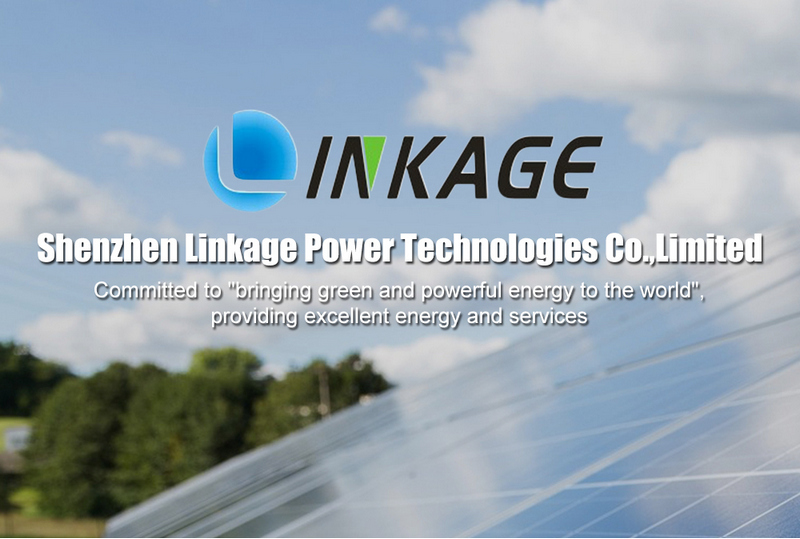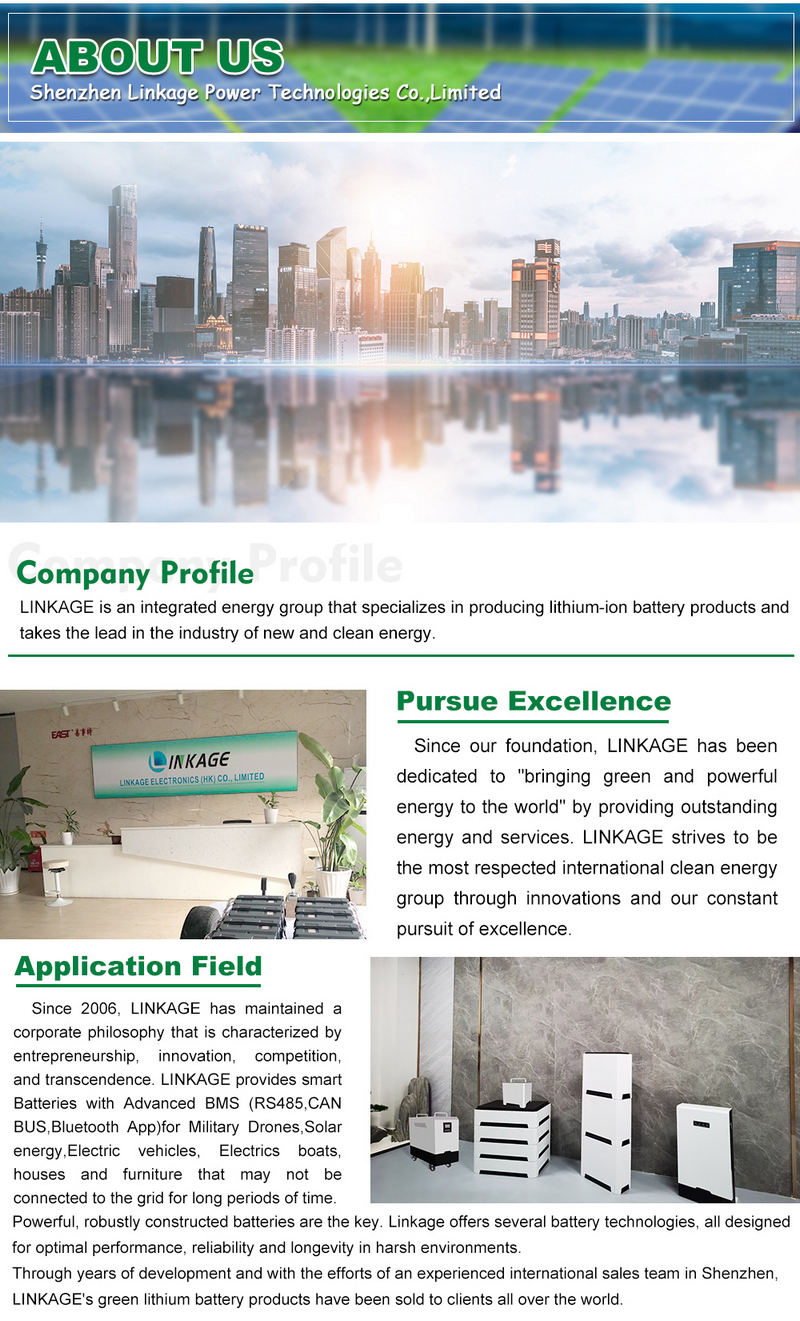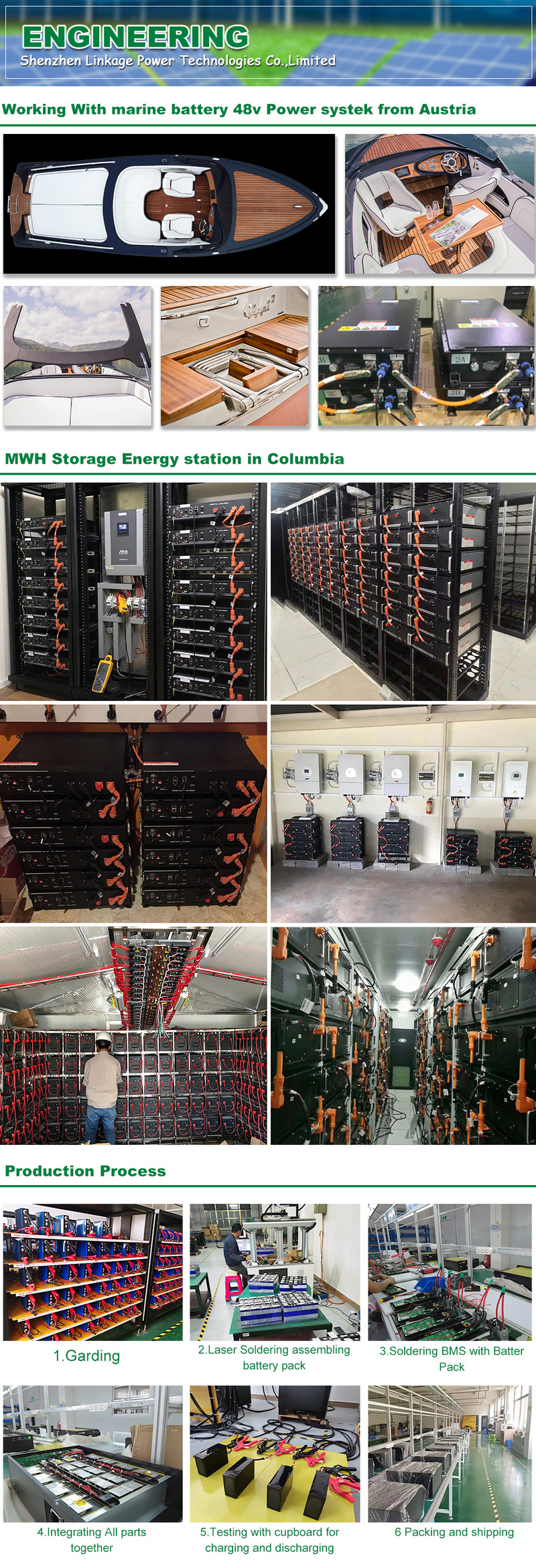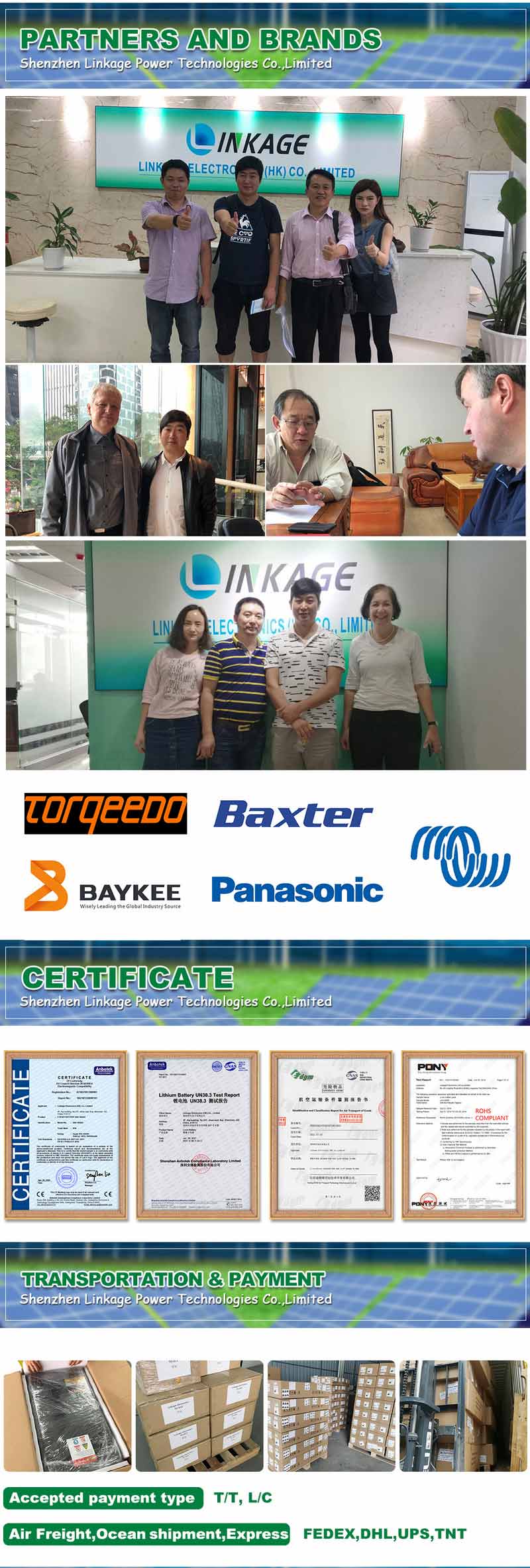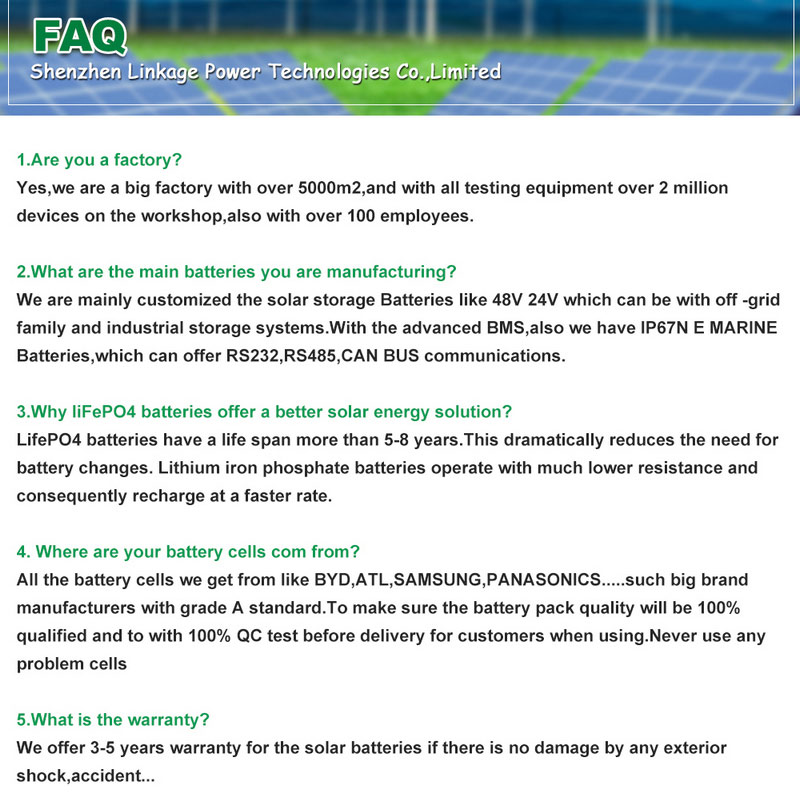

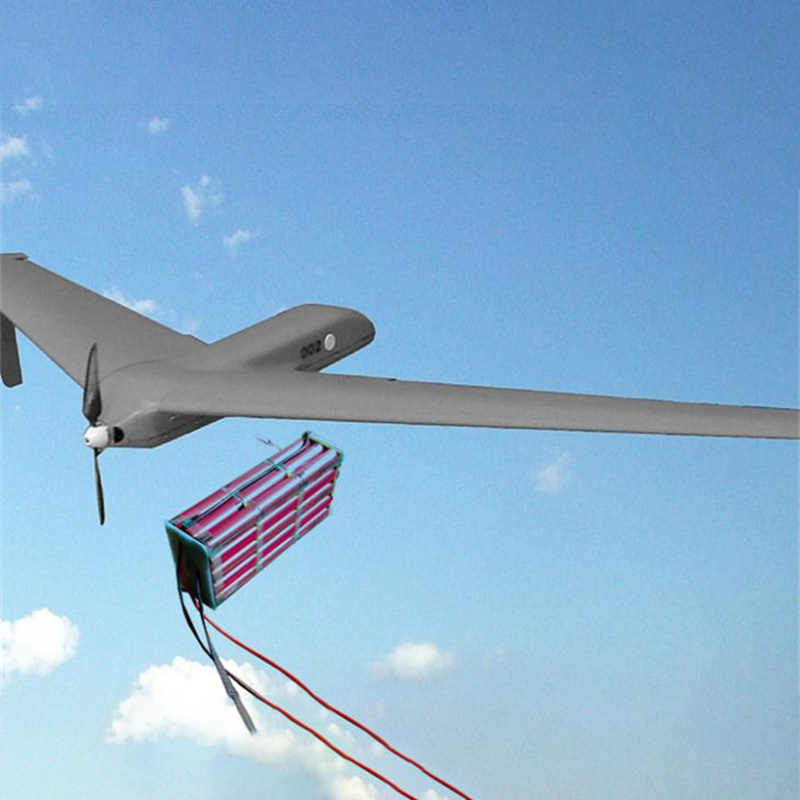

Custom Fixed wing UAV/UAS battery 9S5P SANYO cells NCR18650GA 32.4V 17Ah, best energy density Lithium battery for UAV.
| No. | Items | Specifications |
| 1 | Nominal Voltage | 32.4V |
| 2 | Nominal Capacity | 17Ah |
| 3 | Cell Inside | NCR18650GA 3500mAh |
| 4 | Configuration | 9S5P |
| 5 | Standard Charge Current | 10A |
| 6 | Max. Charge Current | 15A |
| 7 | Battery management System (BMS) | Linkage customized BMS |
| 8 | Continuous Discharge Current | 20A |
| 9 | Peak Discharge Current | 50A |
| 10 | Full Charged Voltage | 37.8V(4.2V per cell) |
| 11 | Charge Cut-off Voltage | 38V (4.25V any single cell) |
| 12 | Discharge Cut-off Voltage | 27V (3.0V per cell) |
| 13 | Net Weight | 2.4kg |
| 14 | Dimensions | Customized |
| 15 | Connector | XT60 XT90 |
| 16 | Operating Temperature | Charging: 0°C ~ 45°C
Discharging: -20°C ~ 55°C |
| 17 | Storage Temperature | 0°C ~ 45°C |
| 18 | Cycle Life | 2000 times (80% of initial capacity at 0.2C rate, IEC Standard) |
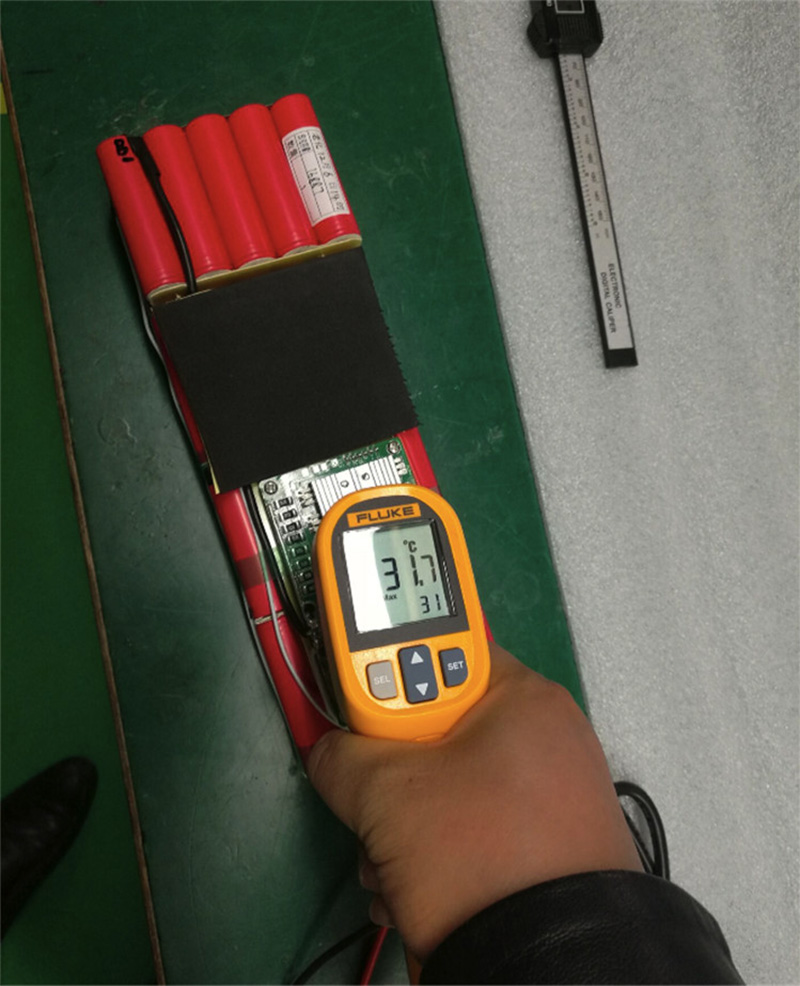
Technical specs and performances
Cell count: 45 (same rank cells)
Cell type: Panasonic NCR18650GA – Made in Japan
Electrochemistry : Lithium-ion NCA (LiNiCoAlO2)
DC IR: less than 120mΩ
Series-Parallel-Connected Cells: 9S5P
Current capacity: 17Ah
Voltage (nominal) 32.4V/33.3V
Energy capacity: 550Wh
Power: 1500W
Maximum continuous discharge current: 30A
Maximum pulse discharge current (10sec): > 50A
Maximum allowable charge voltage: 38V
The discharge end voltage should be more than 25V (recommended 27V for long lifespan)
Charging current (CC): max.10A
Weight: +/- 2400g (including wiring harnesses, connectors & covering)
Physical dimensions (distance between cell pack edges, excluding harnesses) : custom on demand.
Wiring harnesses and connectors
Discharge wire type: Multi-strand 12AWG flexible silicone insulated copper
Gold plated discharge connector (customizable): XT90s / EC5/ XT150 / AS150
Discharge wire length (pack to connector end) +/- 100mm
BMS
with Linkage custom BMS inside for all kind of protection like over charge,over discharge, short circuit….to protect the battery and long life span.
Shielded and Cooled Discharge Cable.
Optional
LM35 Temperature Sensor, with a standard 3-pin connector.
10k NTC thermistor/sensor TDK Electronics.
6W Integrated Battery Heating System (IBHS), for sub-zero applications. Requires an external 6V power source from PDB/BEC of the aircraft.
Safety
The upper part of the cell is over-insulated with a ring-shaped dielectric material.
The entire cell block is surrounded by a multi-layers shield with mechanical strength and dielectric insulated, outside-reinforced with an aluminized film used in the spacecraft industry. All covering materials provide a high sealing, improve thermal performance and contribute to the robustness of the battery pack.
The battery pack is externally wrapped in a hard (Black & Blue) PVC film.
Vertical take-off and landing fixed-wing drones have great advantages when used in complex terrain such as mountains and hills. They can be widely used in aerial photography, disaster reduction and emergency response, forest fire protection, pipeline patrol, maritime inspection, ecological monitoring, border patrol, and anti-terrorism. Investigation and other fields. The battery energy density corresponding to such a drone is of course the higher the better. However, the current battery energy density of the common vertical take-off and landing fixed-wing drones is 220Wh/kg, which is uncomfortable.
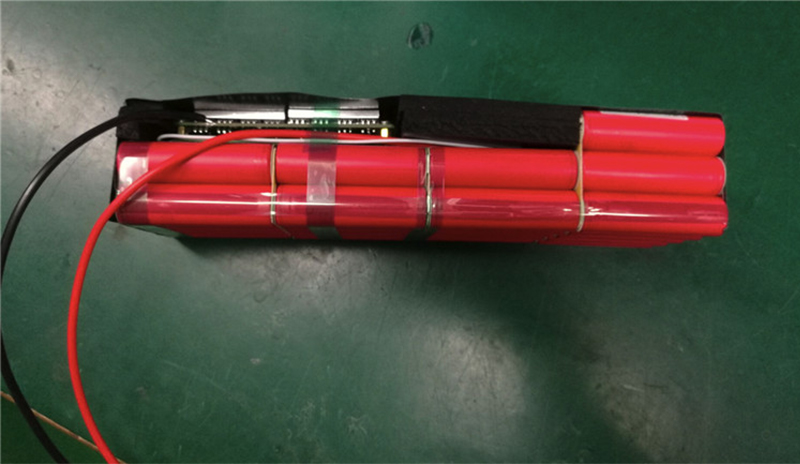
Our drone batteries do very well in the following aspects
1. Energy density
Energy density has always been a big technical bottleneck, and it is also a technical object that many battery manufacturers have been breaking through. This is also the most concerned issue of many drone manufacturers. Because the energy density of UAV batteries in the industry is generally between 220Wh/kg. However, with the advent of LINKAGE’s new battery, what is the energy density?
Between 275Wh/kg~290Wh/kg.
The energy density is more than 25% higher than the industry level. What is the concept of 25%?
2. Cycle life
Everyone hopes to fly as long as possible for drone batteries, and the longer the life time, so in addition to energy density, another point that drone manufacturers and users are most concerned about is the cycle life. It is estimated that many users are muttering in their hearts: “A UAV battery that is collected at such a large price will be used up after flying?” This is a common phenomenon in the industry, and the cycle life achieved by comprehensive factors is no longer Satisfied by the user. So what is the cycle life of the semi-solid battery for a vertical take-off and landing fixed-wing UAV?
Not much, not much, just 500-1000+ cycles. As for what is going on with this 1000+ cycle, I believe everyone who understands it already understands it.
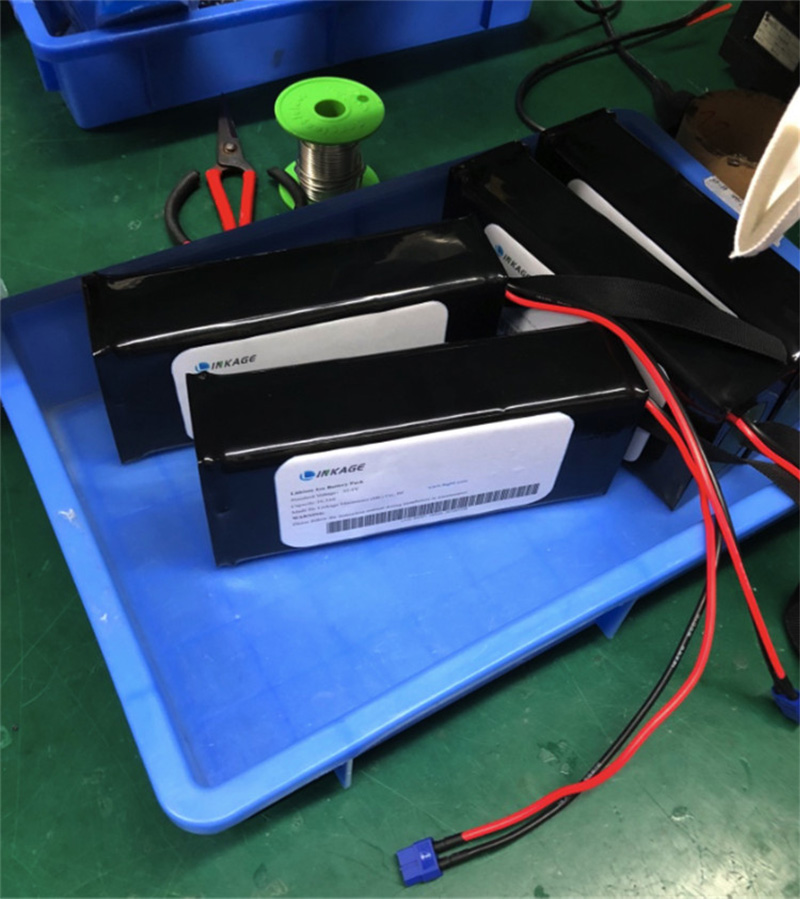
3. Lightweight
It is believed that many drone manufacturers want to significantly reduce battery weight while ensuring battery efficiency. Almost all users of UAV batteries in foreign industries know about LINKAGE batteries, and now our batteries have reduced their weight by 15% on the original basis. Fly faster and longer.
Warranty
2-5 years
The recommended smart charger
Our Linkage smart charger 38V 10A
CMIUTA Electric Company can discuss specification or precautions that are not described here. The data on this page is for descriptive purposes only and is not marked to make or to entail any guarantee or warranty.
